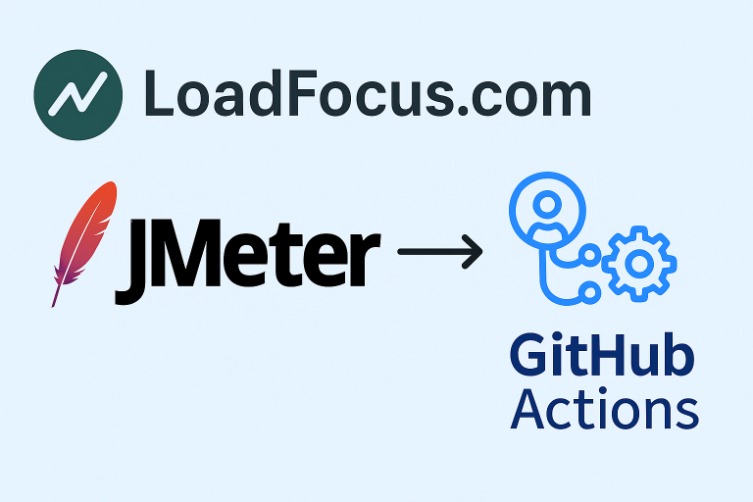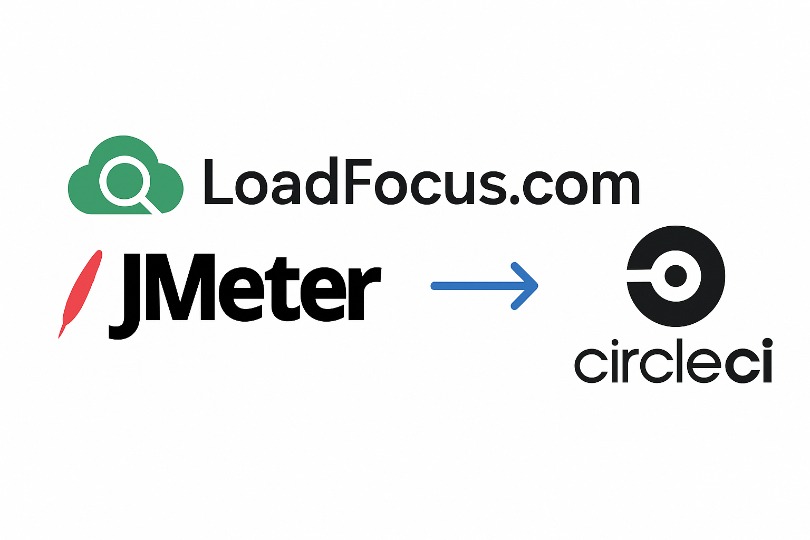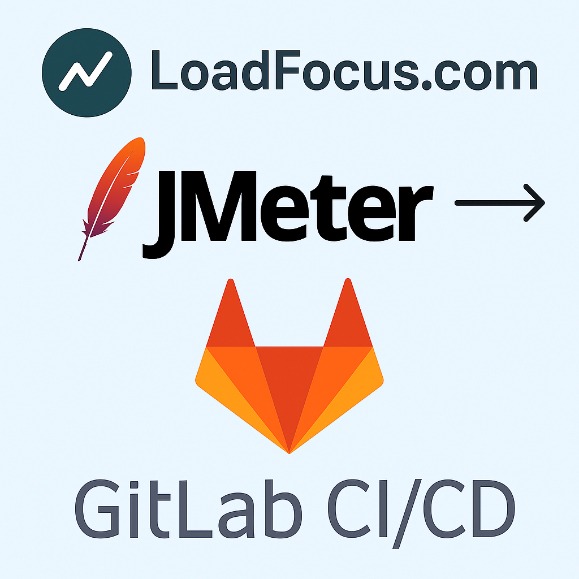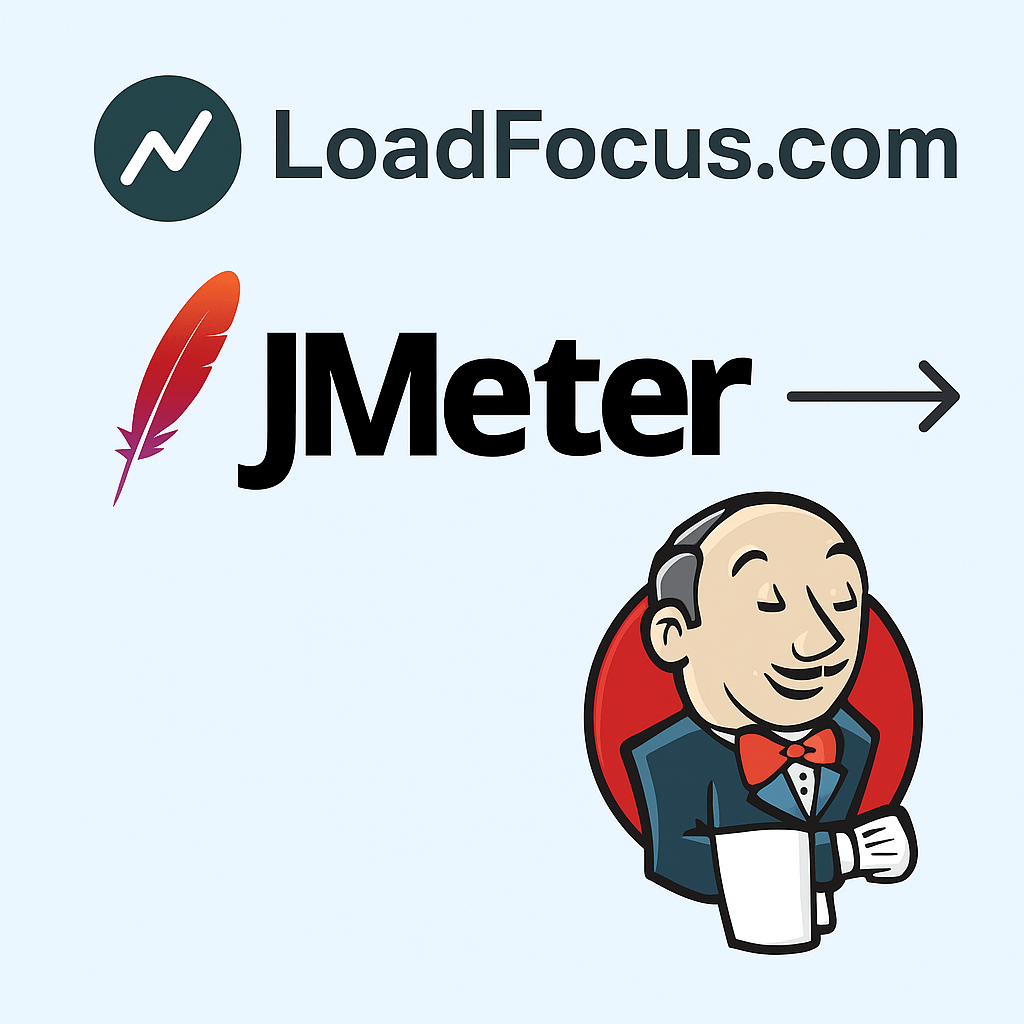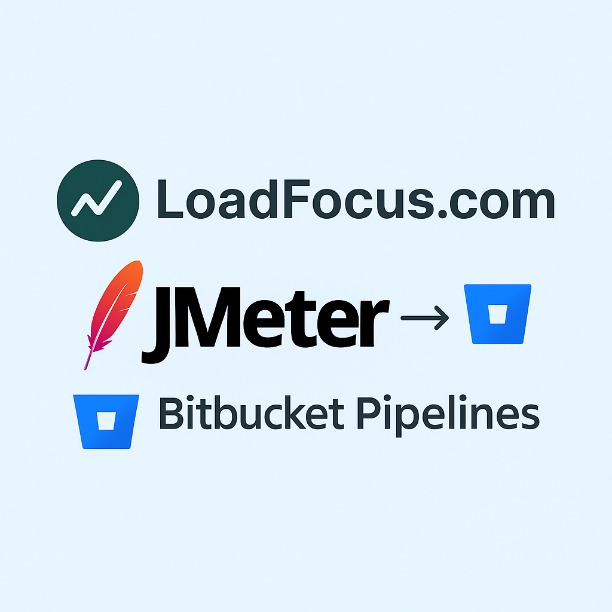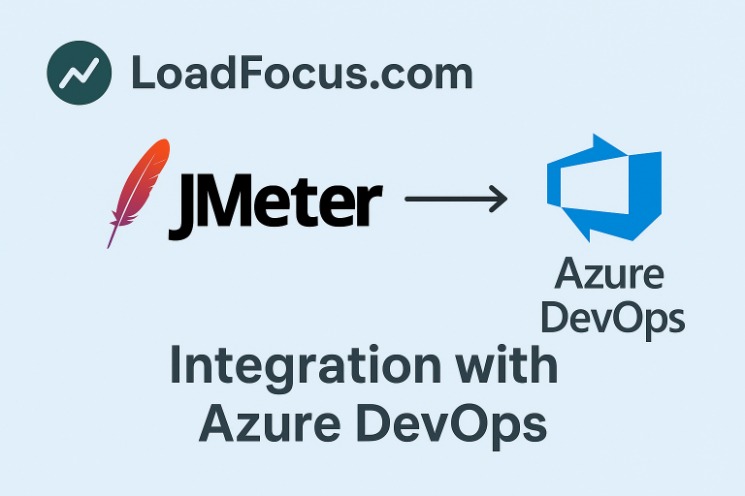10 Critical REST API Interview Questions for 2025 – Answered
REST APIs continue to be a cornerstone of modern software development, connecting systems and enabling seamless communication between distributed services. Whether you’re a non-technical business owner, a software engineer, a ...
Performance Testing Types: Key Benefits & Examples
Performance testing is crucial for ensuring that software systems perform reliably under varying loads. Whether you're a business owner, product manager, developer, or devops engineer, understanding the different performance testing ...
Integrating LoadFocus API with GitHub Actions
Understanding Performance Testing in Modern CI/CD Pipelines What is CI/CD Performance Testing? Conventional testing methodologies falter where CI/CD performance testing triumphs. This revolutionary approach weaves performance validation intrinsically into your ...
Guaranteed Faster Deployments: The Vital LoadFocus-CircleCI Connection
Understanding Performance Testing in CI/CD What is CI/CD Performance Testing? Continuous Integration and Continuous Deployment (CI/CD) performance testing involves automatically testing your application's performance as part of your development pipeline ...
How to Boost Performance Testing: Integrating LoadFocus API with GitLab CI/CD
Understanding Performance Testing in CI/CD Pipelines What is CI/CD Performance Testing? CI/CD performance testing seamlessly integrates performance validation directly into your continuous integration and deployment pipeline. Instead of treating performance ...
How to Boost Performance Testing: Integrating LoadFocus API with Jenkins
Complete Step-by-Step Jenkins Integration Guide This comprehensive guide walks you through integrating the LoadFocus JMeter API Client with Jenkins to create automated, reliable performance testing pipelines that catch issues before ...
How to Boost Performance Testing: Integrating LoadFocus API with Bitbucket Pipelines
Understanding Performance Testing in Modern CI/CD Pipelines What is CI/CD Performance Testing? CI/CD performance testing seamlessly integrates performance validation directly into your development pipeline. Instead of treating performance as an ...
Ultimate Guide: Skyrocket Your CI/CD With LoadFocus’s Ingenious Azure DevOps Integration
Transform Your Performance Testing: 7 Essential Strategies for CI/CD Success Are you struggling with slow deployment cycles and unpredictable performance issues? Discover how integrating LoadFocus API with Azure DevOps can ...
The Ultimate Guide to Enterprise Software Testing
Introduction: Why Enterprise Testing Matters In today's digital-first business landscape, enterprise software forms the backbone of operations across industries—from healthcare and finance to manufacturing and retail. When these critical systems ...
10 Essential Monitoring Best Practices for DevOps & Developers
Effective monitoring is crucial for maintaining robust application performance, proactive issue detection, and efficient resource management. This guide covers ten essential monitoring best practices that developers and DevOps teams can ...


